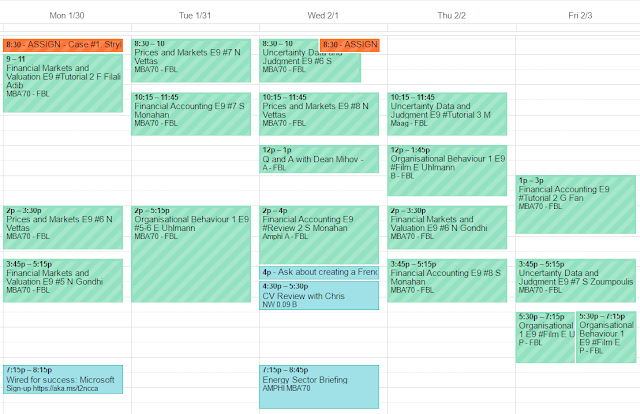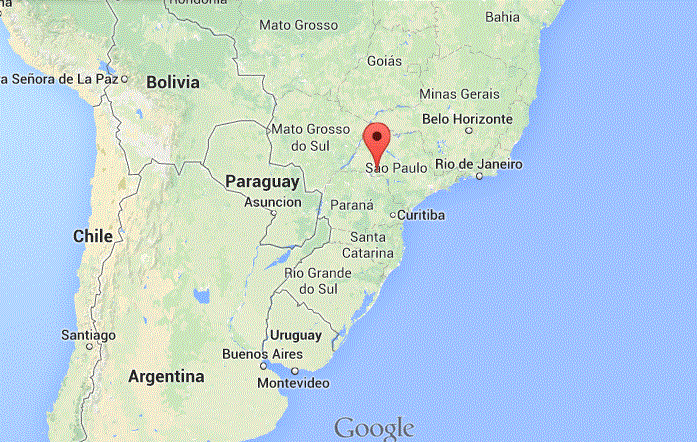Cartagena, Colombia
My first overall
impression of Cartagena is that it is freaking beautiful. It has a Spanish
colonial beach town Caribbean feel. The buildings are painted in bright colors
with flowery balconies. The city is one of the oldest in the Americas founded
in 1533 principally serving to export precious metals to Spain and import
slaves from Africa. Today the city has 1M people and lives off tourism,
fishing, and a huge state-owned oil refinery (Ecopetrol). Most of the tourists
appear to be domestic Colombians as you don't see than many foreigners when
you're walking around. According to our tour guide, you know if someone is a
tourist if they are wearing shorts not pants. The locals all wear pants even
when it's in the mid-80's.
Colombia is a diverse
country with roughly half the country identifying as Mestizo, or mixed, 30% as
white, and 10% as African Colombian. Compare this to the US at 72% white, 16%
Hispanic, 13% Black, and 5% Asian. Cartagena abolished slavery in 1851, which
is on the later side compared to the rest of the world, but still 14 years
before the United States (see below):

Colombia is also
affordable. One USD is about 3,000 Colombian pesos ("COP"), but
everyone doesn't say thousands because they know what you are talking about, so
basically $1 USD = $3 COP. The purchasing power is more like $1 COP = $1 USD,
so that means that things basically have prices you would see in the United
States, but you know that it's really 1/3 of that price. A nice seafood dinner
in the touristy area with drinks will cost $100 COP, which is really $33 USD. In
the past I was a budget traveler staying in hostels and eating in restaurants
with the locals. This is one of the first trips where I felt that I had the
ability to eat at nice restaurants without feeling guilty.
Ceviche platter:
Cazulea de Marsicos
(seafood pot) and grilled robalo (snook in English):
Seafood rice and fried
mojarra (also called mojarra in English apparently). Almost all meals are
accompanied with fried plantains (patacones), which are the circle things, as
well as coconut rice which is rice cooked in coconut milk. It's sweet almost like
a desert rice.
Another
mojarra, patacones, and coconut rice, this time ordered directly to our beach
chairs.
Near
to Cartagena is a town called Palenque. Women from this town would come to
Cartagena to sell fruit to locals wearing bright dresses and carrying baskets
with fruit on their heads. The first cruise ship to Cartagena was sometime in
the 70's. When the tourists saw the women, or "Palenqueras", they
started taking pictures with the women and handing them pieces of paper they
had never seen before. It didn't take long for the Palenqueras to realize they
were receiving dollars and that they were making a lot more money taking
pictures with tourists than they were selling fruit. So now the Palenqueras
work full-time in the downtown area taking pictures with tourists. We asked how
much it cost and they said "Una propina de corazon," or "a tip
from the heart." So we figured our hearts had about 2,000 pesos, which is
about 67 cents, but in Colombia has a purchasing power of about $2USD. Pretty
good for a quick photo.
Sweets
in the historic center
Cartagena had a rough
history as the city was ransacked and burned to the ground on a few occasions.
They city first built a wall to prevent the ransacking using slave labor and
then built a series of fortresses with canons to protect the bay. One of these
fortresses became the most powerful fort in all of South America, Castillo San
Felipe, with 60+ canons. This fort became the "Alamo"-like place for
a battle against the English,
except that the Colombians won. Imagine how South America might look different
if the English has taken a key port in Colombia. Maybe we'd have a Hong Kong in
South America or all of South America would speak English.
Castillo San Felipe with
Boca Grande in the background
Cartagena is definitely
picturesque, or as they say today "Instagramable." Sandra has been
making her Instagram follower super 'jelly' with photos like these. I've
begrudgingly accepted my role as Instagram husband since I said in my wedding
vows I would take as many pictures as she wants when on vacation. I must remind
her of the "on vacation" clause when we are back in DC. It is not
a carte blanche.
Lightly
photoshopped. See if you can tell
Hopefully
none of her followers see dorky pictures like this
Sunset at Cafe del Mar
with the Colombian flag. Venezuela and Ecuador also share the same flag colors
except they add some stars and bling.
Beach dogs doing
their thing at Playa Blanca.
Cartagena has a
neighborhood called Getsemani. As little as 3 years ago the neighborhood was
considered very dangerous and to be avoided. But Colombian hipsters moved in
and declared the neighborhood safe by creating artsy cafes, restaurants, and
street art. Today it is one of the hippest neighborhoods I have every seen and
according to Wikipedia one of the hottest neighborhoods in South America.
Nightlife in Getsemani
at Iglesa de la Trinidad
Outside from the
Historic Center, Cartagena has a Miami-like hotel strip called Boca Grande,
which is where we are staying along with pretty much every other tourist
because the historic center has limited infrastructure for tourists.
Latin American countries
love Christmas and go all out with lights and decorations.
We were even treated to
a live performance by Shakira. This video shows the Latino sense of humor. Just
simple silliness. I'm pretty sure that my American friends would not find this
video funny, but Sandra and I were dying of laughter when we watched. Shakira
is from Colombia and is beyond famous. Cartagena had lots of street performers
tapping into this Latino silliness. We also watched a mime for 20 minutes just
copying people walking by and couldn't stop laughing. That was it, super simple
but highly entertaining. In Mexico, they are really big on payasos, or clowns.
¡Viva
Colombia y Feliz Navidad!



























Comments